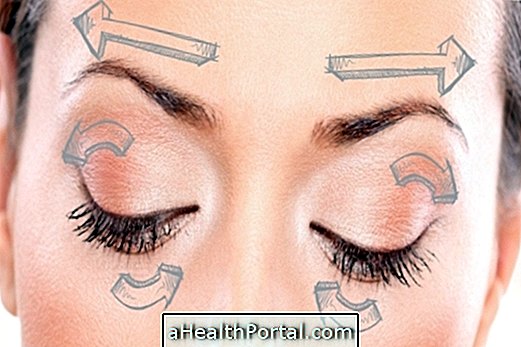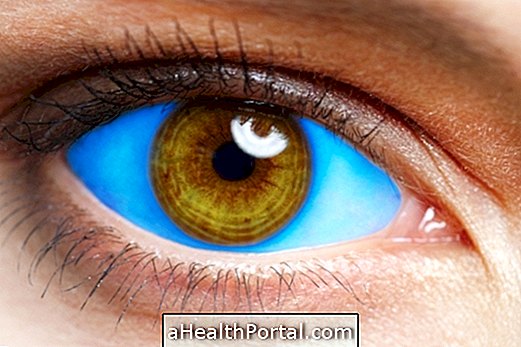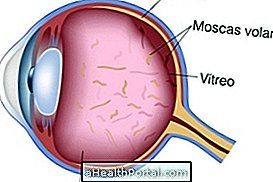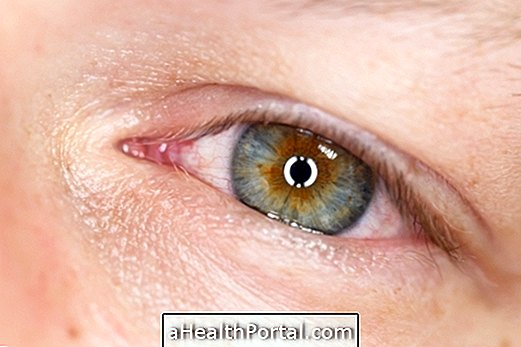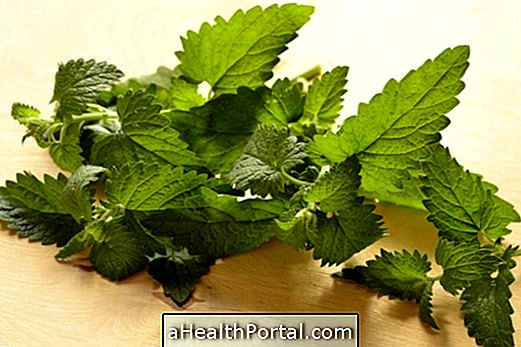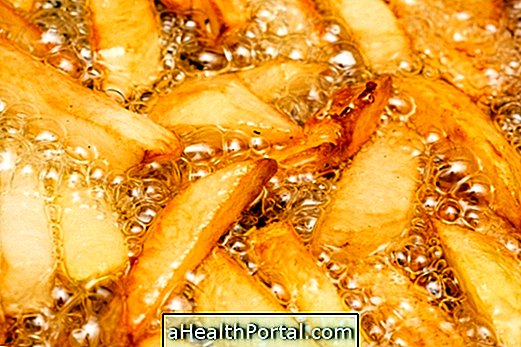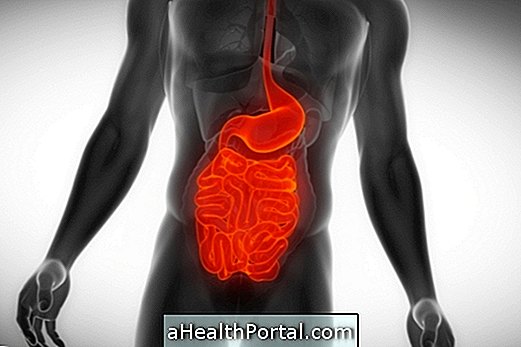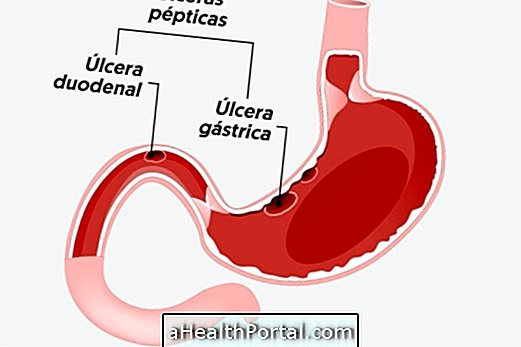The cyst in the eye are rarely severe and usually indicate inflammation, being characterized by pain, redness and swelling in the eyelid, for example. Thus, they can be easily treated only with the application of warm water compresses, to alleviate the symptoms of inflammation, which should be done with the sanitized hands.
However, when the cysts become very large or compromise the vision, it is advised to go to the ophthalmologist so that the best treatment for the situation is established.
The main types of cyst in the eye are:
1. Terçol
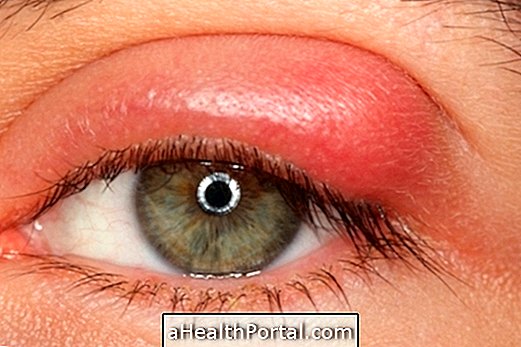
The stye corresponds to a small protuberance arising in the eyelid as a consequence of an inflammation, usually caused by bacteria, of the glands that produce greasy secretion around the eyelashes. The stye looks like a spine, causes pain and redness in the eyelid and can also cause tearing. See what are the main symptoms of stye.
What to do: The stye can be easily treated at home by means of warm water compresses for 10 to 15 minutes at least 3 times a day, avoid wearing makeup or contact lens to avoid spreading the lesion and it is also important to keep the region around the eyes. Learn how to treat the stye at home.
Dermoid cyst
The dermoid cyst in the eye is a type of benign cyst, which usually appears as a lump on the eyelid and can cause inflammation and interfere with vision. This type of cyst still occurs during pregnancy, when the baby is still developing, and is characterized by the presence of hair, fluids, skin or glands within the cyst, and can thus be classified as teratoma. Understand what teratoma is and what to do.
What to do: The dermatoid cyst can be easily treated by means of surgical removal, but the child can have a normal and healthy life even with the dermoid cyst.
3. Calázio

Calyx is the inflammation of the Meibomian glands, which are located near the root of the eyelashes and produce a greasy secretion. The inflammation causes obstruction of the opening of these glands, leading to the appearance of cysts that increase in size over time. Usually the pain decreases as the cyst grows, but if there is pressure against the eyeball, there may be tearing and impaired vision. Find out what the causes and symptoms of chalazion are.
What to do: Calyx usually goes away after 2 to 8 weeks without treatment. But to speed recovery, warm water packs can be applied at least 2 times a day for 5 to 10 minutes.
4. Moll's cyst
Moll's cyst or hydrocystoma is characterized by the presence of a transparent-looking lump that has liquid in it. This cyst is formed due to the obstruction of the sweat glands and is quite uncomfortable.
What to do: When observing the presence of this cyst, it is indicated to go to the ophthalmologist so that the surgical removal can be done, which is done under local anesthesia and lasts between 20 and 30 minutes.
When to go to the doctor
It is indicated to go to the ophthalmologist when the cysts do not disappear over time, impair vision or grow too much, and may be painful or not. In this way, the doctor can indicate the best form of treatment for the type of cyst, either the use of antibiotics to treat the recurrent stye, or surgical removal of the cyst, in the case of the dermoid cyst, chalazion and moll cyst, for example.

